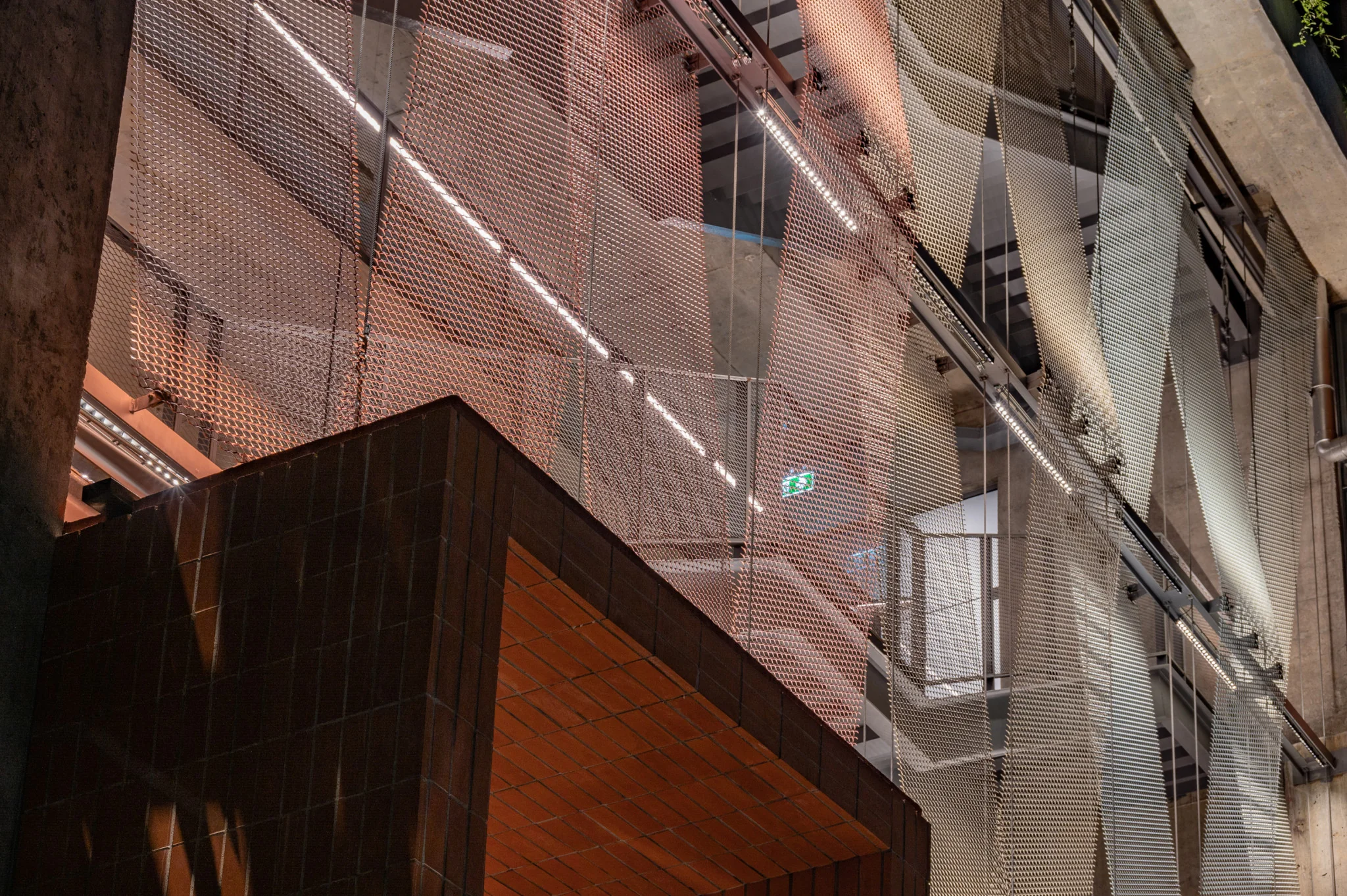
Exhibitions / Now
Gallery 1 & 2, 3rd Floor
21 March - 02 June 2024
Nomadic

Exhibitions / Past
09 December 2023 - 02 January 2024
ลำโลก, The World of Molam

Exhibitions / Past
06 December - 20 December 2023
Echoed Tranquility

Exhibitions / Past
24 November 2023 - 10 March 2024
A Hope and Peace to End All Hope and Peace

Exhibitions / Past
05 November - 15 November 2023
Homo Urbanus

Exhibitions / Past
20 July - 29 October 2023


